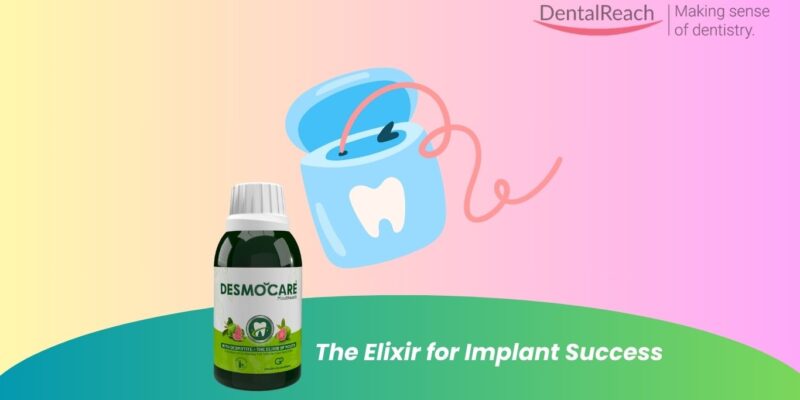What if something as routine as flossing could one day protect you from the flu?
In a fascinating new study, researchers explored a novel method of vaccine delivery that turns dental floss—yes, the kind we use every day—into a powerful immunization tool.
The idea is based on a simple but often overlooked fact: the junctional epithelium at the base of the gingival sulcus is naturally more permeable than other areas of the mouth. This makes it an ideal entry point for vaccine particles.
Instead of relying on injections or nasal sprays, scientists used flat tape floss to deliver vaccines directly into this area. In mouse models, they tested everything from protein-based vaccines to mRNA, even inactivated virus particles and gold nanoparticle-based formulations. One of the most promising candidates was an influenza peptide attached to nanoparticles, which triggered a strong immune response across the body—activating lymph nodes, increasing CD4+ T cells, and boosting antibody production. It even offered robust protection against a lethal flu challenge.
What’s more, the floss-based method worked across different age groups and didn’t rely on fasting or fluid restrictions, making it much more practical. Human trials using floss picks with fluorescent dye showed that the gingival sulcus could be reliably targeted, pointing toward real-world clinical potential.
For dentists, this is more than a curious bit of science—it’s a reminder of how central the oral cavity is to overall health. If future vaccines could be administered chairside using a simple floss pick, the dental setting might one day become a point of first contact for preventive care that goes far beyond oral health.
It’s early days, but this research brings us one step closer to a needle-free future—and places dentistry at the heart of it.
Source: Nature Journal of Biomedical Engineering




















Comments